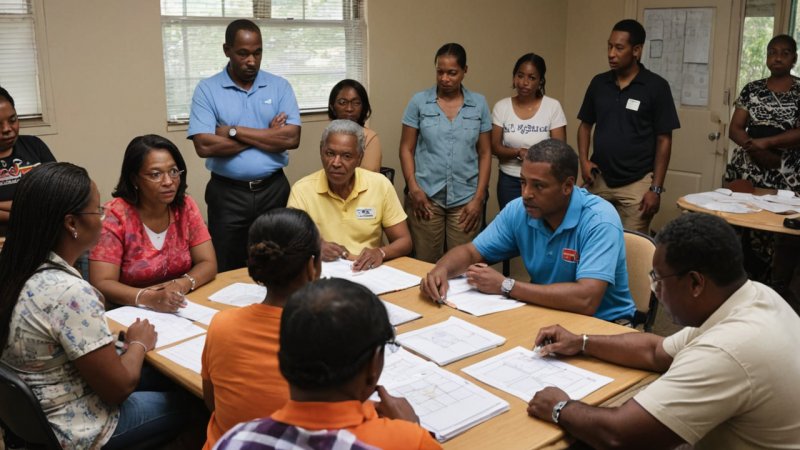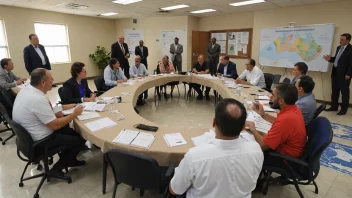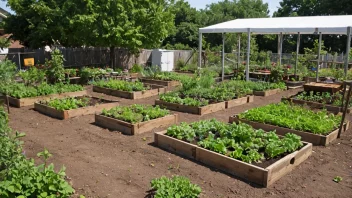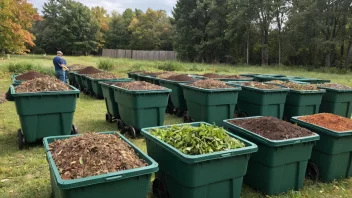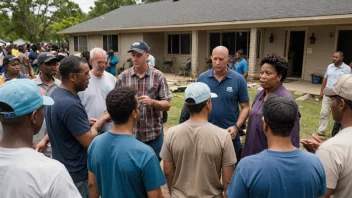In today's world, natural disasters are becoming increasingly frequent and severe, making it essential for communities to prepare effectively. Developing a community-based disaster response plan is a proactive step that can save lives, reduce injury, and mitigate property damage. This article explores the key elements of creating such plans, emphasizing the importance of local involvement and strategic planning.
The first step in developing an effective disaster response plan is to assess the unique risks and vulnerabilities of your community. This involves identifying potential hazards such as floods, earthquakes, hurricanes, or wildfires. Engaging local residents in this process can provide valuable insights, as they may have firsthand experience with past disasters. Community meetings can facilitate discussions about the specific challenges faced and the resources available.
Once risks are identified, the next step is to establish a clear communication strategy. During a disaster, timely and accurate information is crucial. Communities should develop a plan that outlines how information will be disseminated before, during, and after a disaster. Utilizing various communication channels, such as social media, local radio stations, and community bulletin boards, ensures that everyone receives updates and instructions.
Another critical aspect is the formation of a dedicated response team. This team should consist of volunteers from the community who are trained in emergency response procedures. Regular training sessions can equip team members with skills in first aid, search and rescue, and crisis management. Additionally, collaborating with local emergency services can enhance the team's effectiveness and ensure a coordinated response.
Resource identification is also vital when developing a disaster response plan. Communities should catalog available resources, including shelters, medical facilities, and supplies such as food and water. Establishing partnerships with local businesses and organizations can help bolster these resources. In times of disaster, having a network of support can significantly impact the community's resilience.
Moreover, it is important to create an inclusive plan that considers the needs of all community members, especially vulnerable populations such as the elderly, disabled, and low-income families. Ensuring accessibility in evacuation plans and providing resources tailored to these groups can make a significant difference in outcomes during a disaster.
Finally, the plan should be regularly reviewed and updated to adapt to changing circumstances and new information. Conducting drills and simulations can help gauge the plan's effectiveness and identify areas for improvement. Engaging the community in these exercises fosters a culture of preparedness and encourages active participation in the response efforts.
In conclusion, developing a community-based disaster response plan is a vital step toward ensuring safety and resilience. By involving local residents, establishing clear communication channels, training response teams, identifying resources, and considering the needs of vulnerable populations, communities can effectively prepare for and respond to disasters. Taking these proactive measures not only saves lives but also strengthens the bonds within the community, fostering a spirit of solidarity and support.
